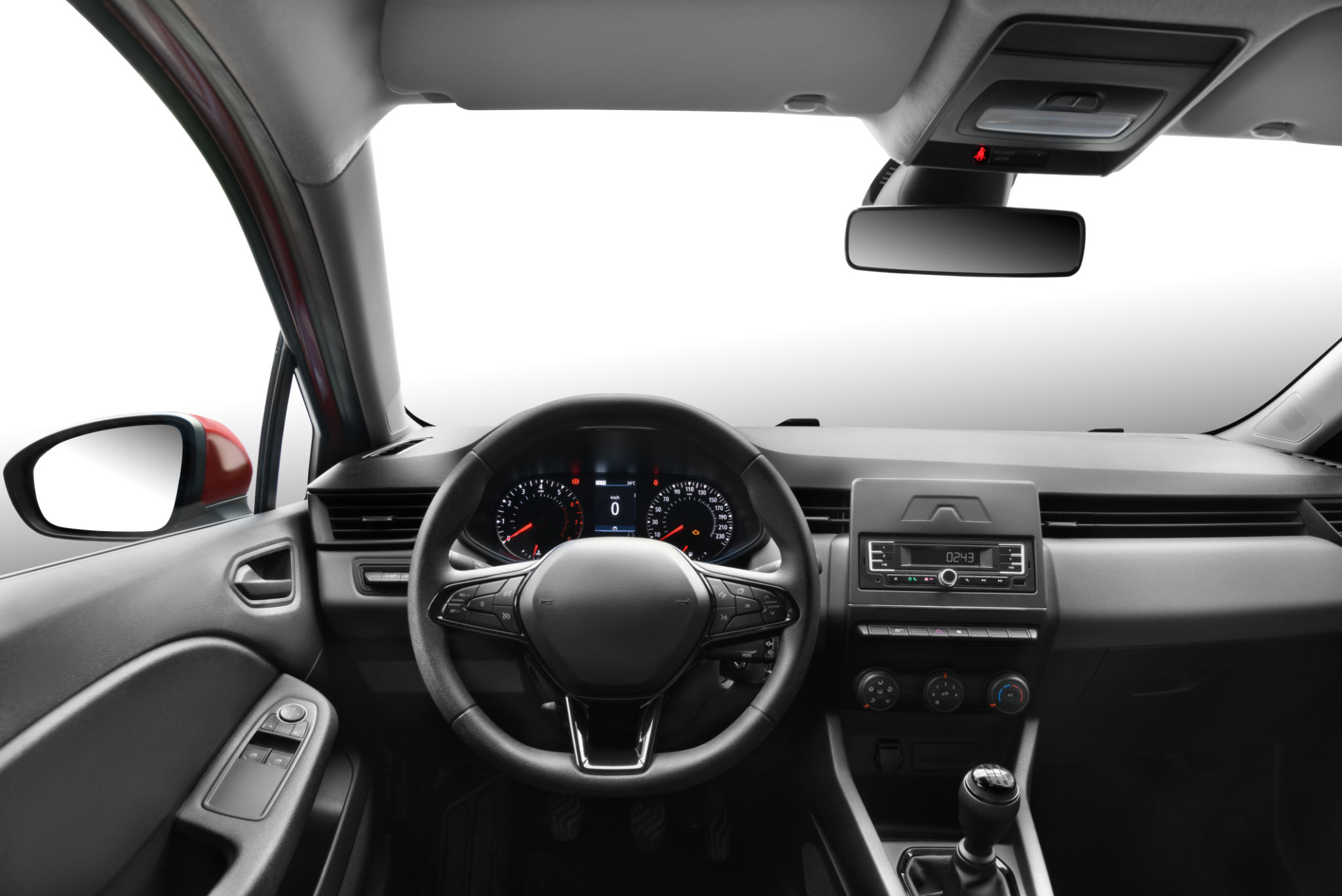How Seasonal Changes Affect Your Car's Dashboard Indicators
Understanding Dashboard Indicators
Your car's dashboard is a critical interface between you and your vehicle's health. It provides real-time alerts about the condition of various vehicle systems, from engine performance to tire pressure. However, these indicators can be influenced by external factors, including seasonal changes.
As the seasons change, fluctuations in temperature, humidity, and atmospheric pressure can impact your vehicle's sensors and systems. Understanding how these changes affect your dashboard indicators can help you maintain your car effectively and avoid unnecessary stress.

Temperature Fluctuations and Tire Pressure
Temperature variations significantly impact tire pressure, which is why you might notice your tire pressure warning light more frequently during seasonal transitions. When temperatures drop, the air inside your tires contracts, potentially triggering the low tire pressure indicator. Conversely, as temperatures rise, the air expands, which can also cause alerts.
To prevent this, regularly check your tire pressure as the seasons change. Maintaining optimal tire pressure not only ensures safety but also enhances fuel efficiency and extends tire lifespan.
Battery Health in Different Seasons
Cold weather can be hard on your car battery. Low temperatures can reduce a battery's capacity, leading to potential starting issues and triggering battery-related warnings on your dashboard. During winter, it's crucial to monitor your battery health and consider having it tested to ensure it can withstand the cold.

In contrast, high temperatures in the summer can cause battery fluid to evaporate, leading to increased internal corrosion. Regular maintenance checks can help mitigate these risks and keep your vehicle running smoothly.
Oil Viscosity and Engine Performance
Your engine oil's viscosity also changes with temperature fluctuations. Cold weather can thicken the oil, making it difficult for it to flow smoothly through the engine. This can cause the engine oil light to appear on your dashboard.
It's recommended to use oil with appropriate viscosity ratings for different seasons. Check your vehicle's manual or consult with a professional to ensure you're using the right oil for the current weather conditions.

Humidity and Electrical Systems
High humidity during rainy seasons can affect your car's electrical systems. Moisture can lead to corrosion of electrical components and connectors, potentially causing various warning lights to illuminate on your dashboard.
- Ensure that your vehicle's electrical systems are inspected regularly.
- Keep an eye out for any signs of moisture build-up or corrosion.
- Consider parking in a covered area during high humidity periods.
Preparing Your Vehicle for Seasonal Changes
To minimize seasonal impacts on your dashboard indicators, regular maintenance is key. Consider scheduling seasonal check-ups with a trusted mechanic to address specific concerns related to temperature, humidity, and other environmental factors.
By staying proactive and informed about how seasonal changes affect your car's systems, you can better anticipate potential issues and ensure that your vehicle remains in optimal condition throughout the year.
